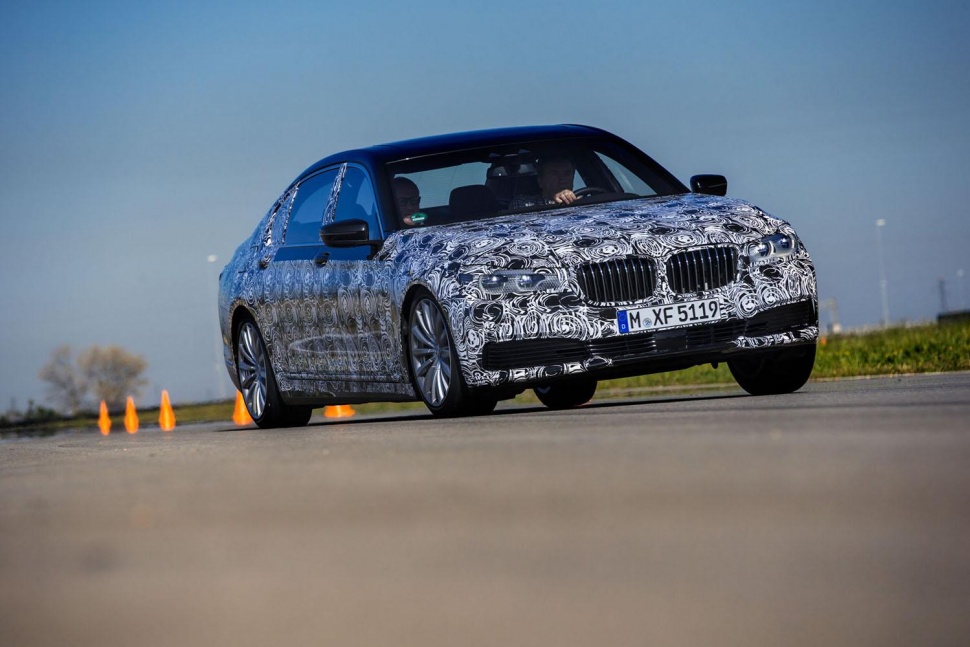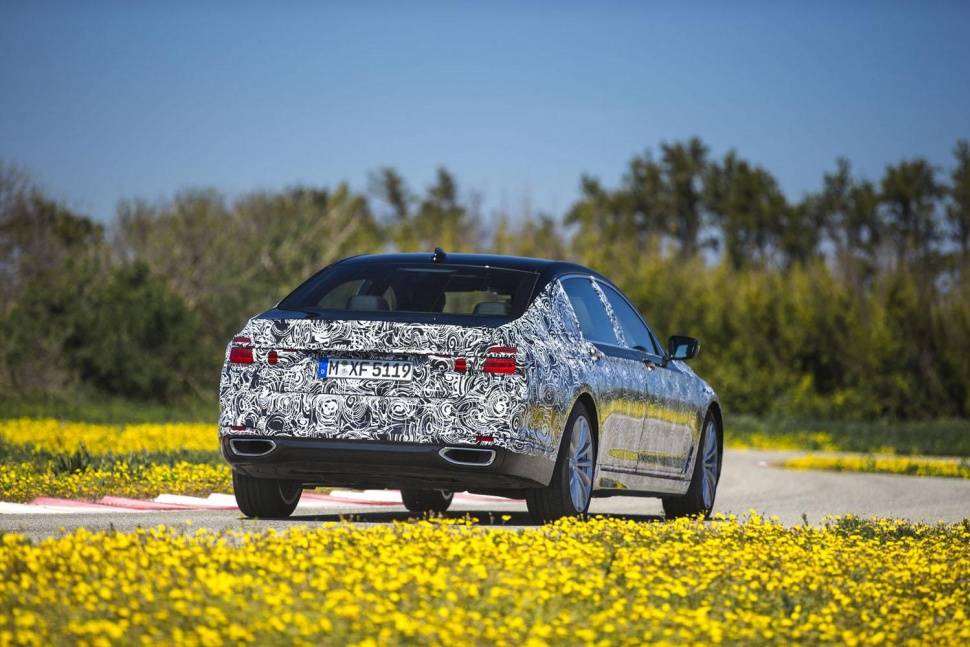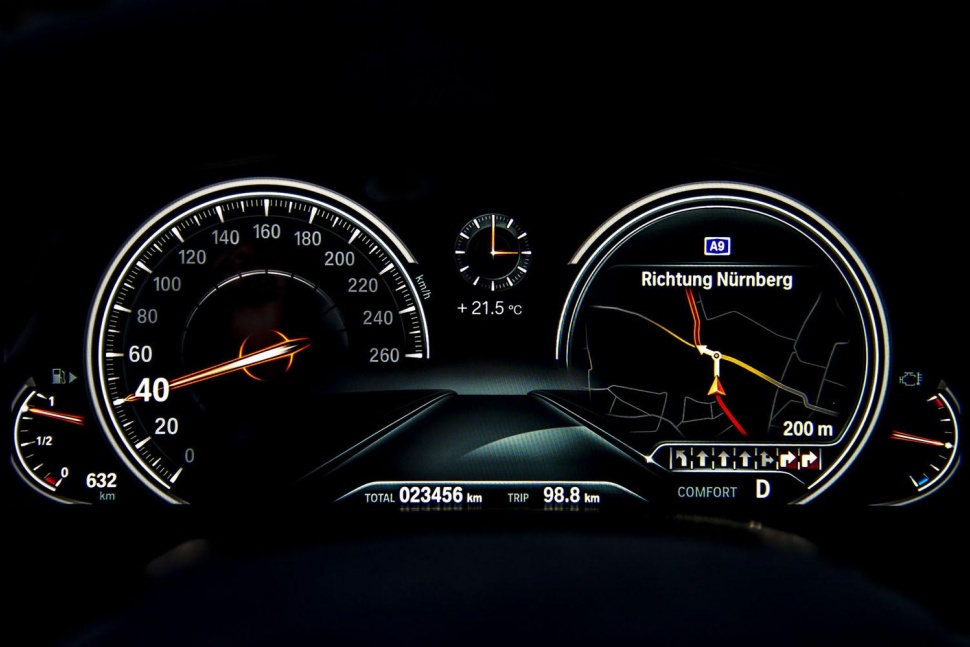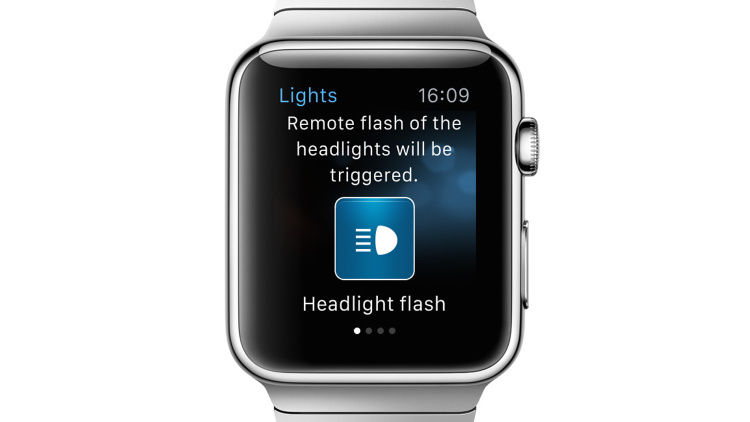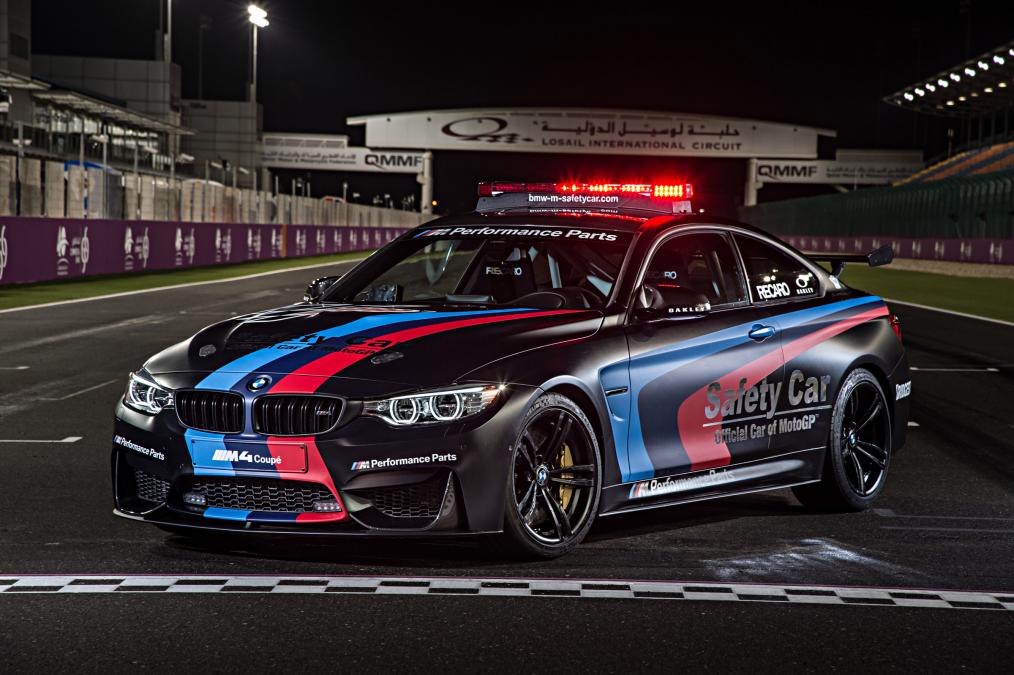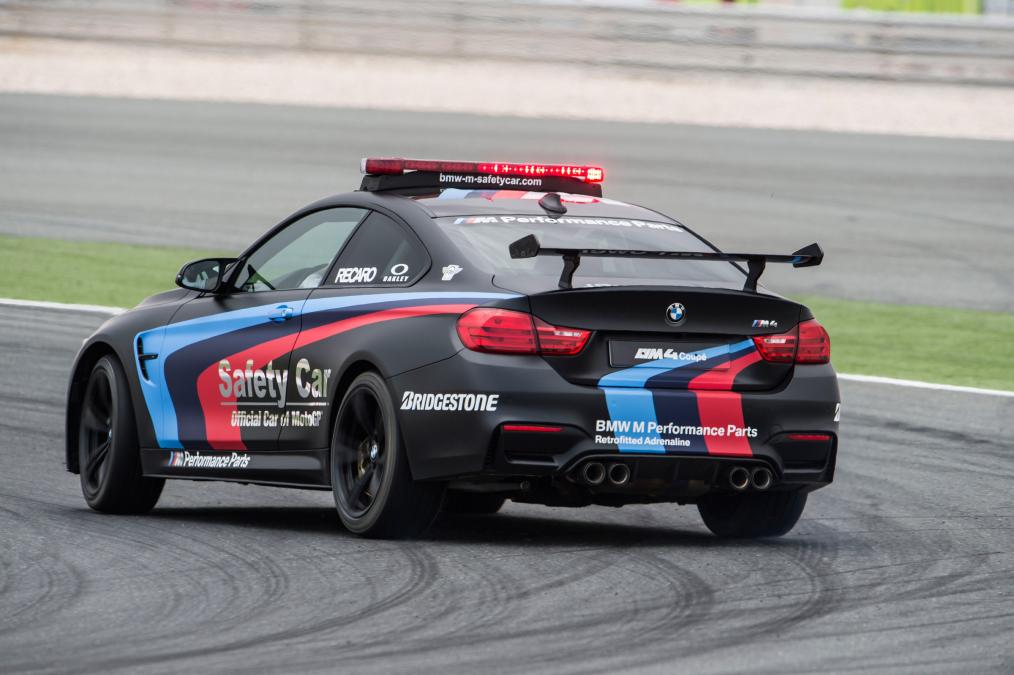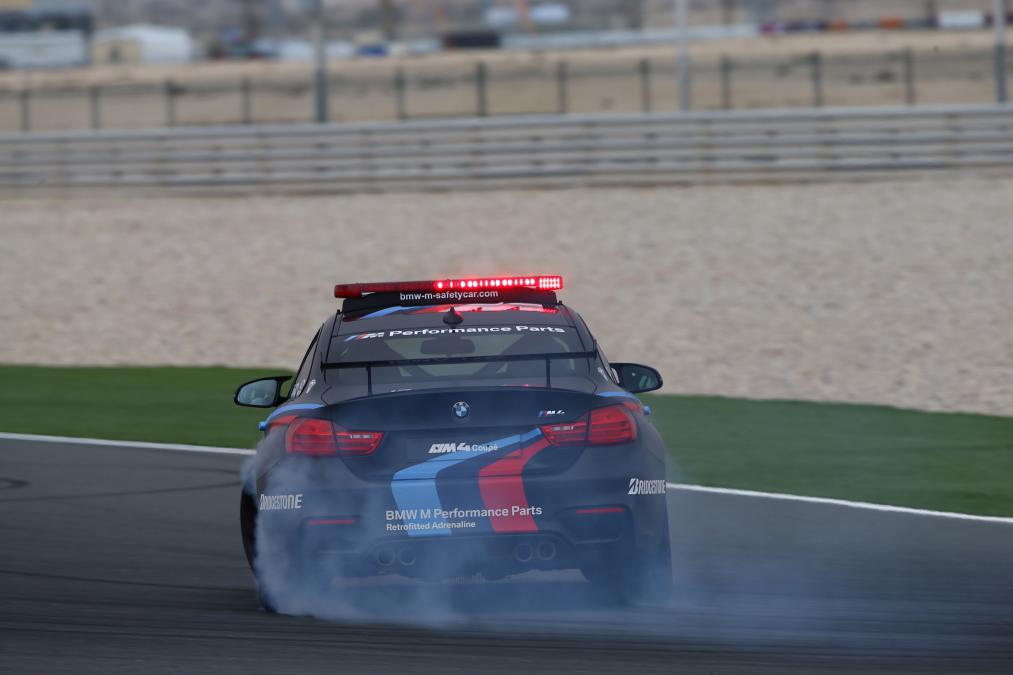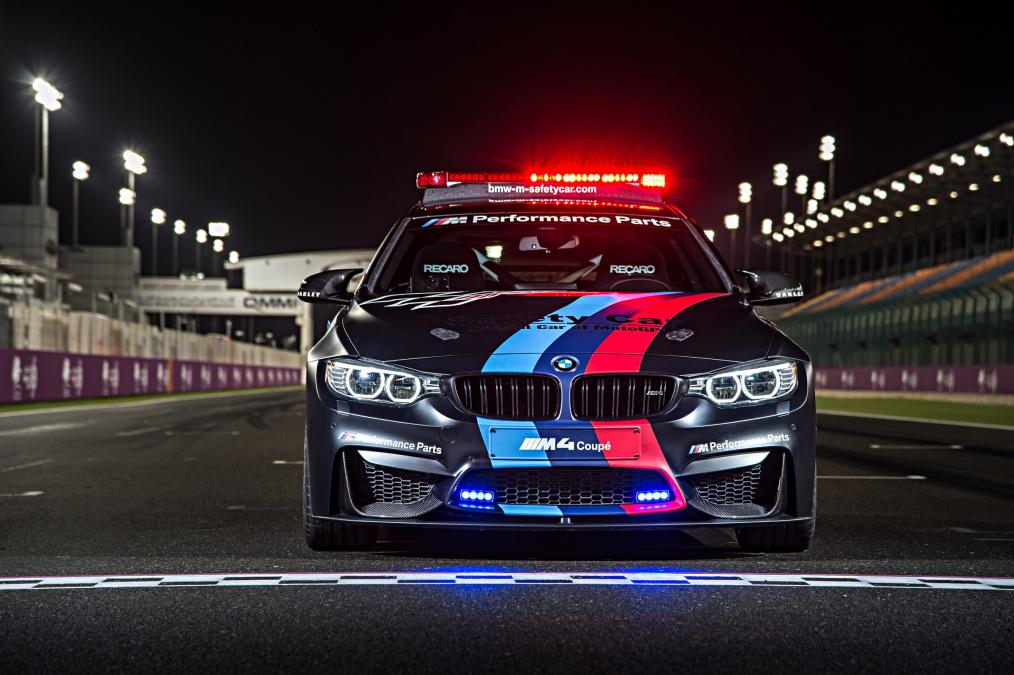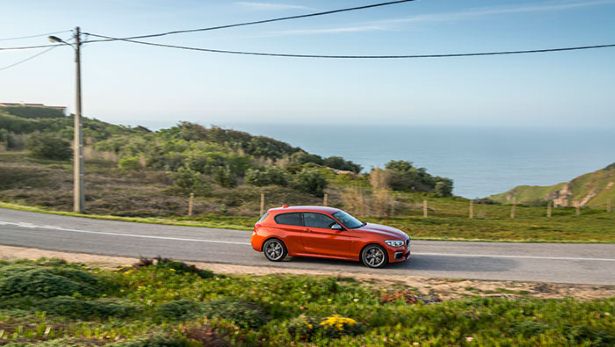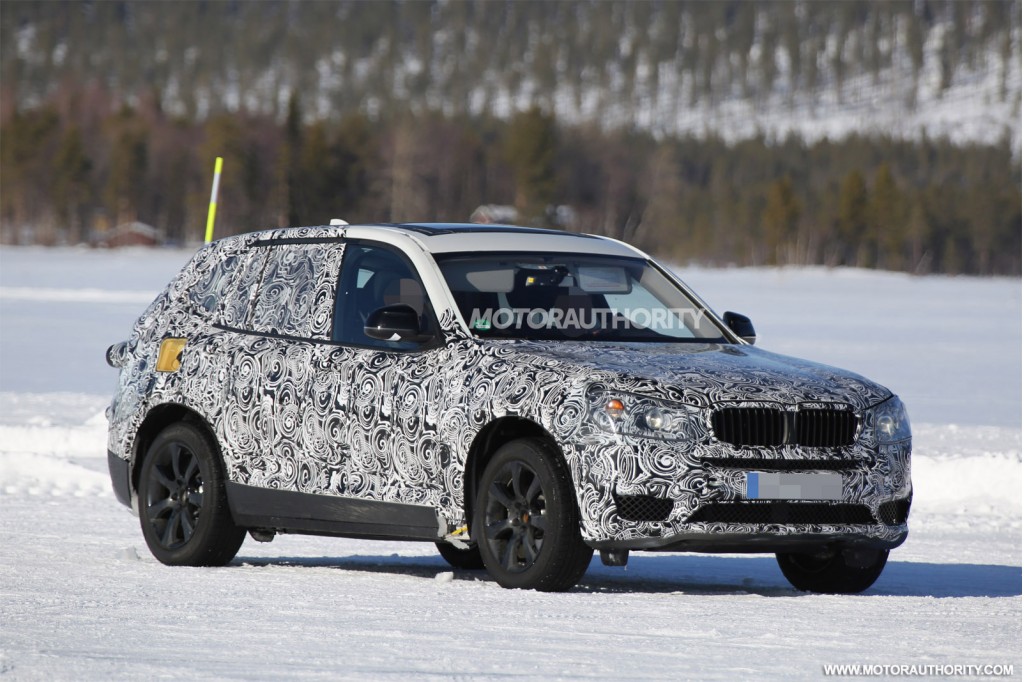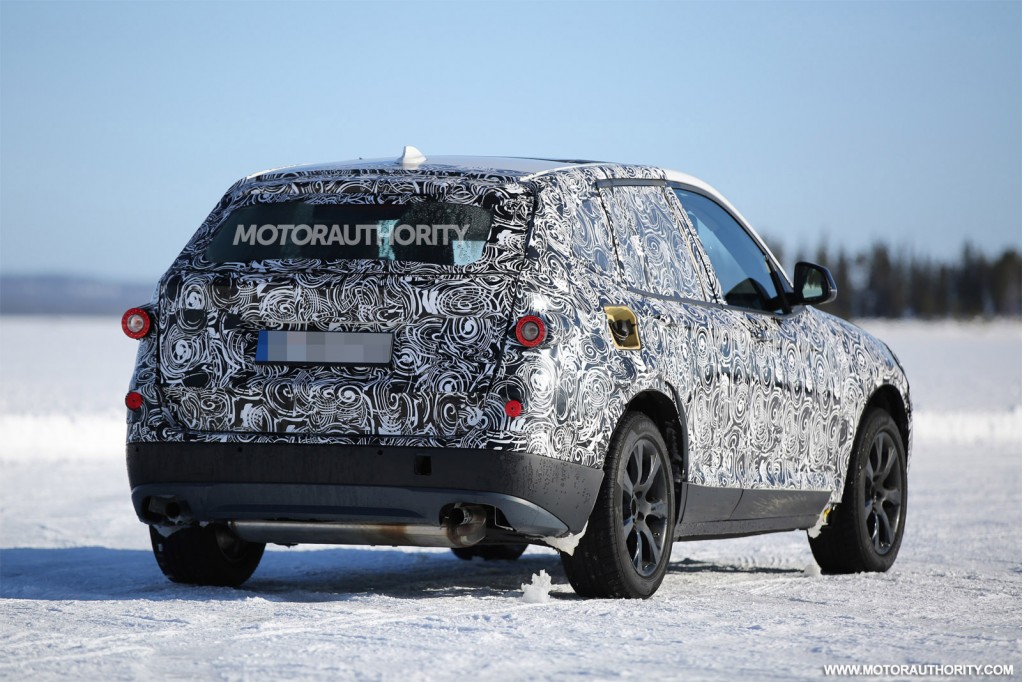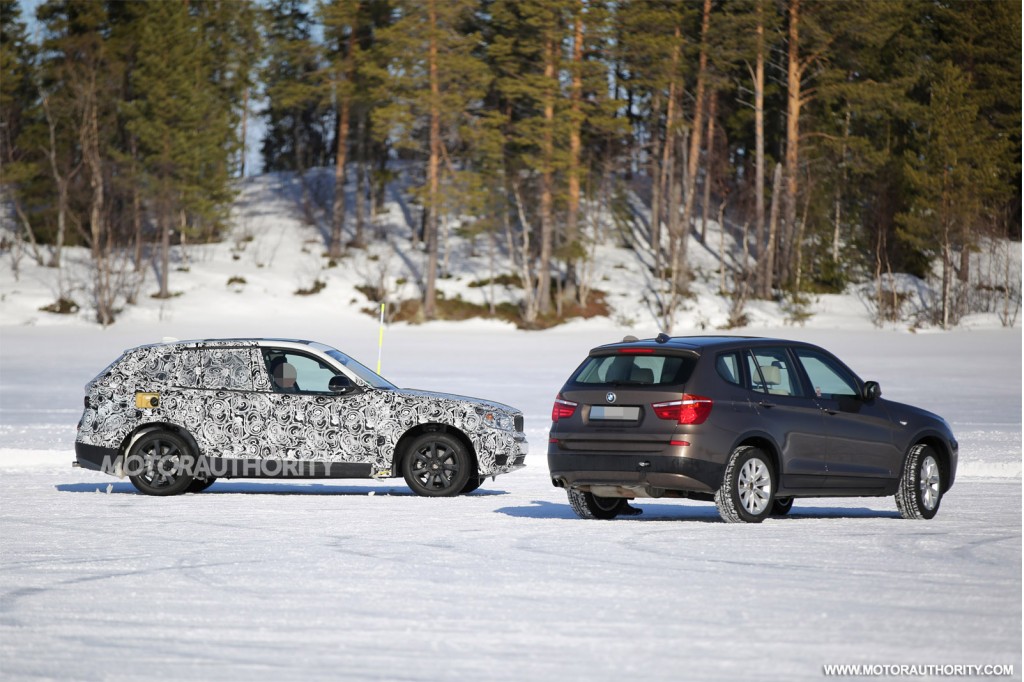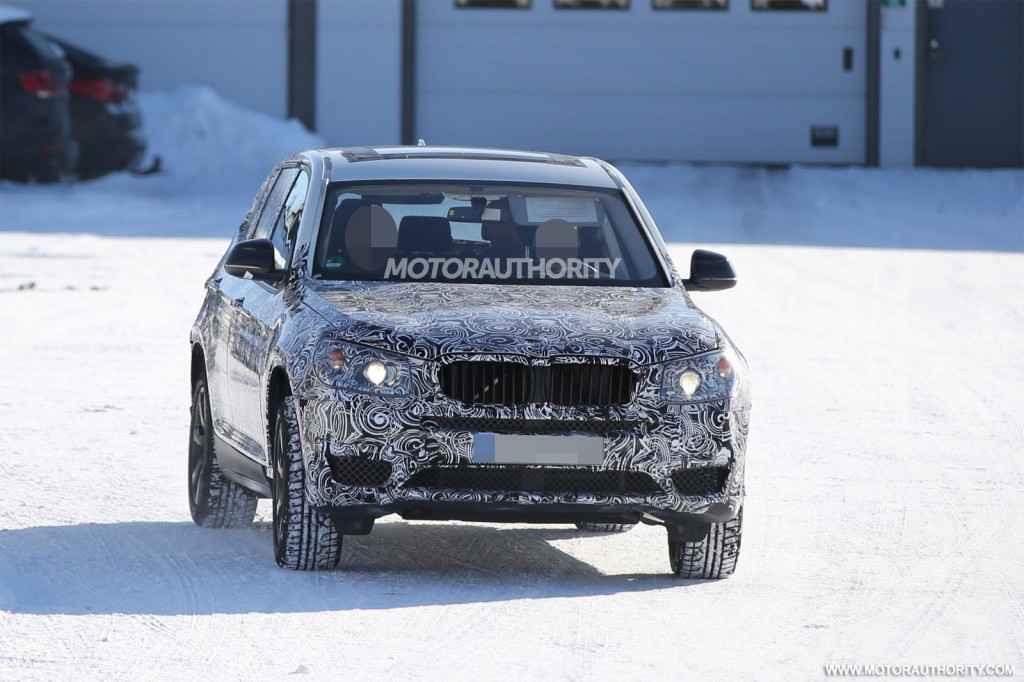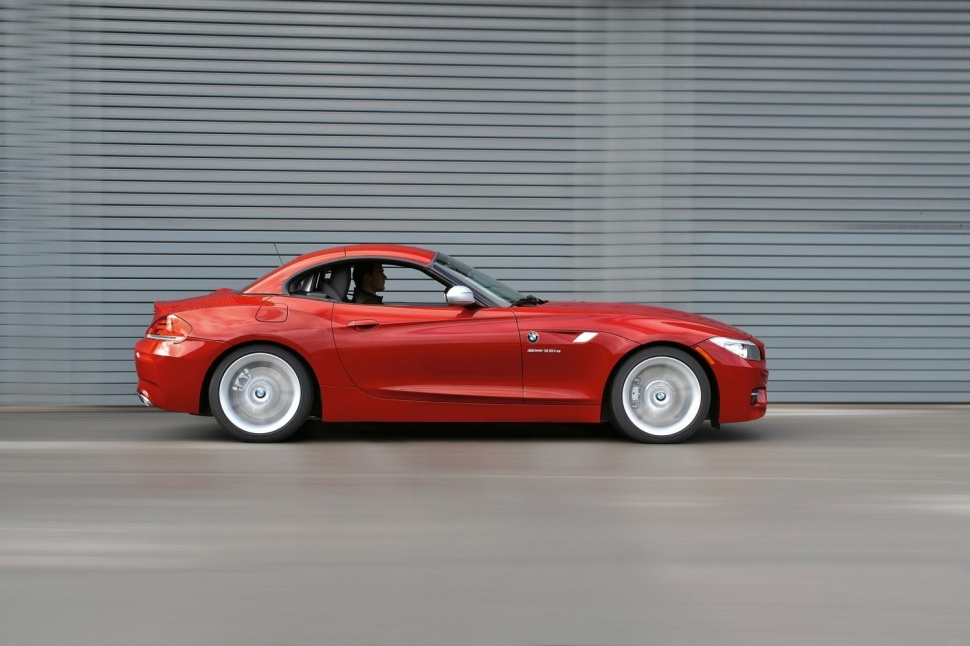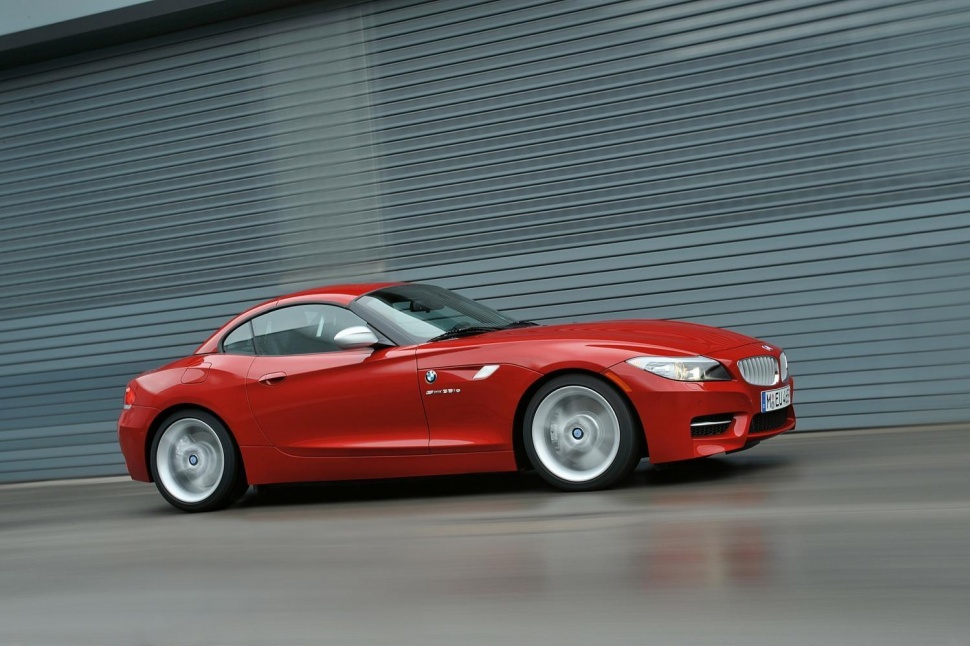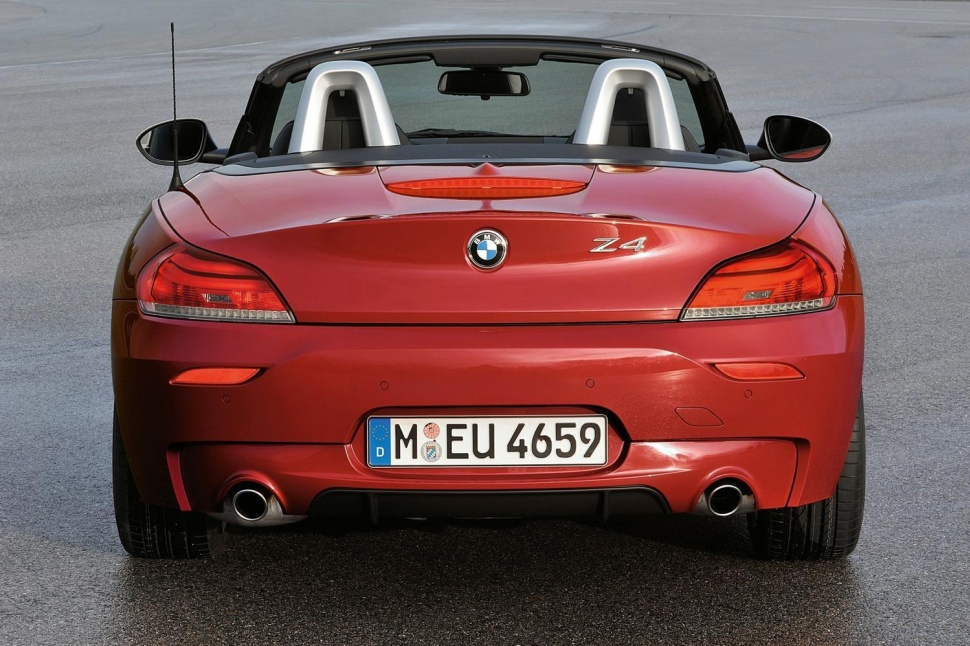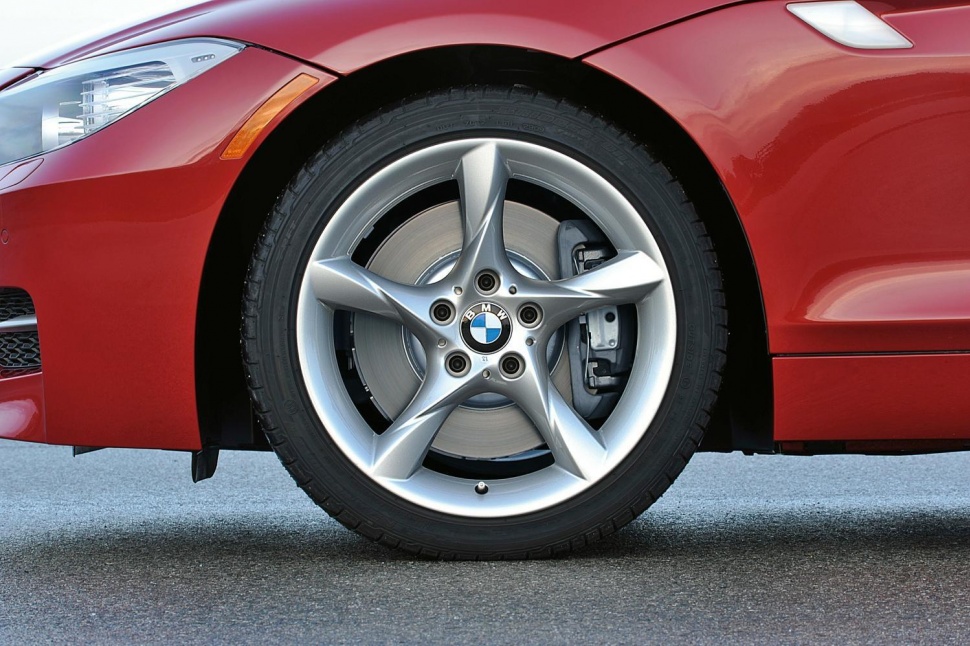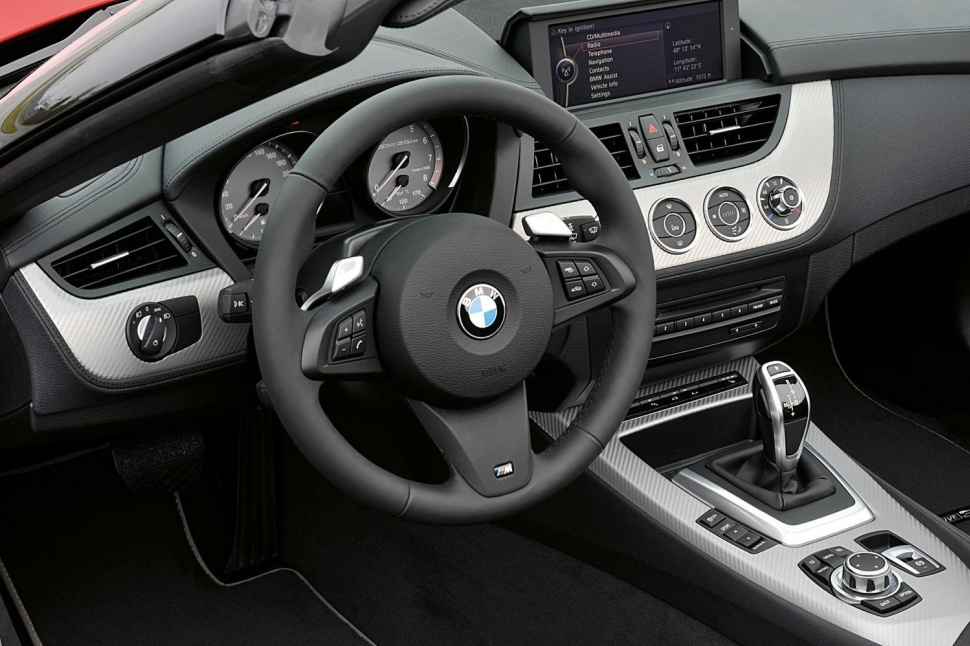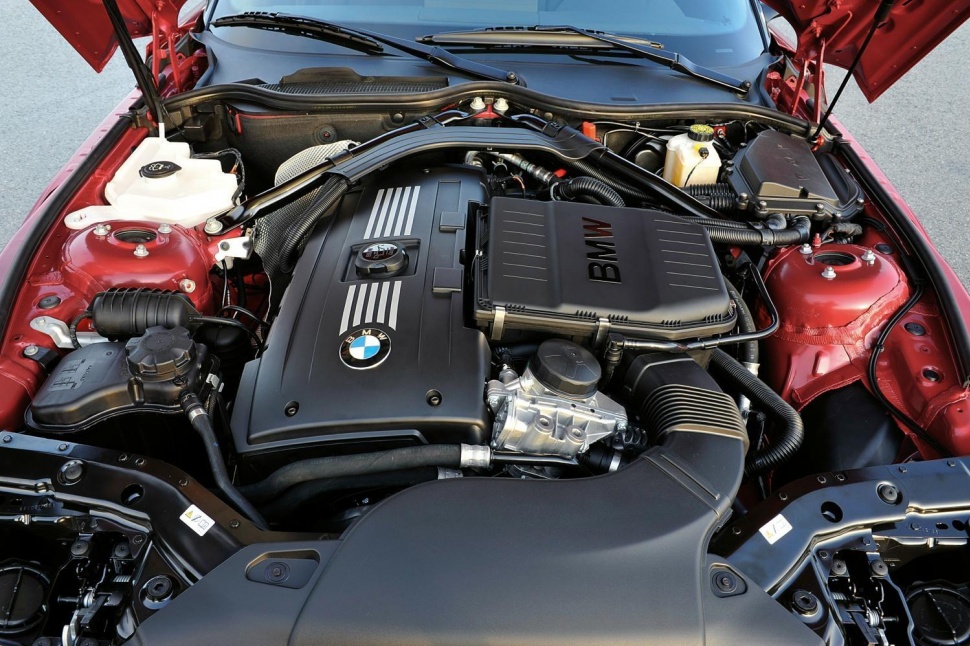By Ollie Kew - Top Gear
Does extra power corrupt BMW’s brilliant rear-drive hot hatch? Ollie Kew drives the new, 322bhp 1-Series
What's this, then?
The refreshed version of a modern cult: the BMW M135i. When the ugly-but-fast M Performance 1er arrived in late 2012, it sported a unique combination in the hot hatch melting pot: a straight-six engine, rear-wheel drive, and a price tag south of £30,000.
Forum conversation exploded, dealers fought to meet demand, and the likes of the A45 AMG and Golf R had a serious fight on their hands. Boy, did we like this car.
So why has BMW interfered with it?
Calm down, it's only a facelift. From the front, the news is good - the frowning headlights and Halloween pumpkin expression are gone, replaced by a resolved, friendly 3-Series face. Those silver intake surrounds are a bit fussy, but we'll forgive that. Perhaps less successful is the rear, where the old square lights have been junked for BMW's L-shaped units. It's supposed to make the car look wider and more planted, but the shapes are, to these eyes, a tad gloopy.
What about under the skin?
The refreshed M135i has a dash more poke, but it's not especially faster.
Previously, the M135i's 3.0-litre turbocharged six gave away a nominal 6bhp to the M235i two-door, but you can forget the pecking order one-upmanship now. It's history.
The 1er too has graduated to 322bhp, while BMW claims its revisions haven't impacted the manual's 35mpg capability. As is the way, the automatic wins out with a notional 37.7mpg.
What if I want to go heroically sideways?
Then you probably don't value your licence or rear tyres. Still, if hooning's your thing the M135i still isn't the finished article. Partly because it wrenches huge grip from the road thanks to equal weight distribution and its inherent balance, so it needs plenty of provocation. And partly because you get an open rear differential as standard, so the inside rear wheel spins under power in a bend, rather than the whole axle overspeeding to kick the tail out.
If that's a dealbreaker for you, hold fire until the even more powerful BMW M2 coupe arrives late this year...
BMW will supply you, or rather, your dealer with a locking slippy diff to tighten up the M135i's rear axle and improve corner-exit traction (or tomfoolery), but it'll set you back two grand and isn't really necessary, unless you're planning track days or a weekend break at Her Majesty's pleasure. Via Kwik-Fit.
What if I don't want to go heroically sideways?
Move to Europe. Over on the continent, BMW offers a 4x4 M135i xDrive, complete with the sublime eight-speed automatic gearbox as standard, which behaves like a whip-crack dual-clutcher when you're hammering it and slurs its shifts like a chauffeur once you've grown up. For us Brits, you can still spec the slushbox, but it's rear-drive only.
So, you lose a few tenths in the 0-62mph stakes, but rear-drive remains the 1er's USP, and besides, it keeps the car lighter. The engine's power delivery is so linear that traction isn't an issue here unless you're clumsily brutal with the throttle.
Does it sound good?
Ah yes, the soundtrack. A topic of much teeth-gnashing among Beemer-ites of late, following the M4, which sounds like Satan's dustbuster, and the M5, which sounds great if you like Subaru Imprezas. The M135i too uses stereo trickery to enhance its timbre, but it's so well-executed, you'd never know.
For a kick-off, it sounds obviously six-cylindered, in contrast to, say, a VW Golf R, which changes its mind between imitating four, five or six pots at varying revs.
More importantly, the M135i's voice doesn't turn crackly or strained as it hungrily homes in on its 7000rpm redline. The accompanying throttle response is ace for a turbo motor, and it pulls all the way to the cut-out. If you're unenthused by the four-bangers in the Mercedes ‘45 ‘crew and quick Golfs, look no further. Audi's 362bhp five-pot RS3 could be a tougher test...
Grippy, quick, sonorous - what's not to like?
The 1's steering is still a weak spot - the wheel itself is a new M Sport item and streets ahead of the ugly and uncomfortable old wheel, but there's too much assistance and too little feedback from the tyres - the A45 AMG does the ‘feel' thing better despite having to also multitask unruly grunt through its front wheels.
You're also denied the gearshift quality of the best in the pocket rocket business (step forward, Fiesta ST), but that's moot - the shift isn't as notchy as regular BMs, and we're just grateful there's still an option to have three pedals.
Should I buy one?
Yes, accepting it's tiny inside and and no longer quite the sub-£30k bargain. The M135i is now £31,195; add a few oh-go-on-then goodies like widescreen nav and the sublime adaptive dampers and that becomes £34,000. The M135i is easily talented enough to drive to justify that, but it's not good enough at carrying people - the cramped rear will fob plenty off into the roomier Golf R.
Those who stick with the BMW get one of the best driving and sounding hot hatches around. And now it looks a bit happier about it.




